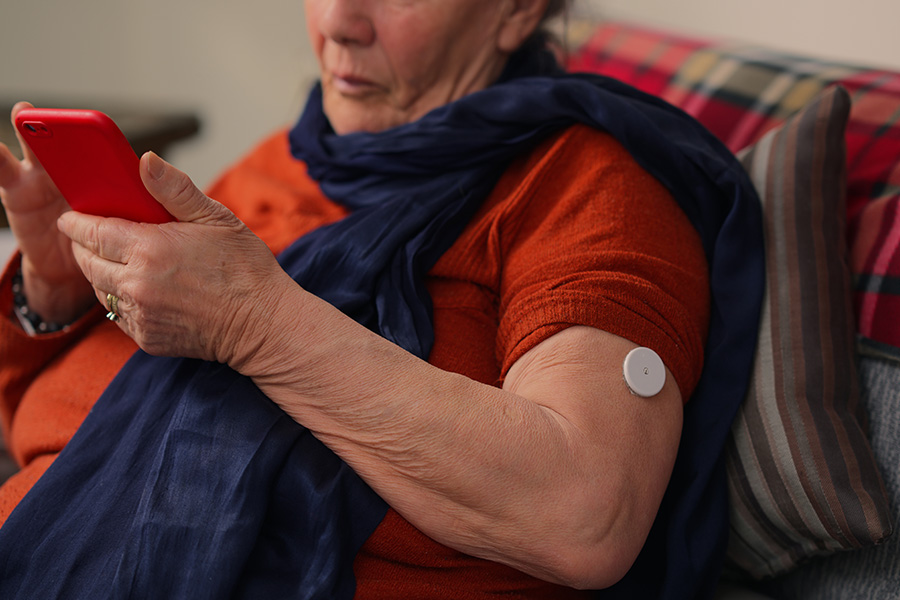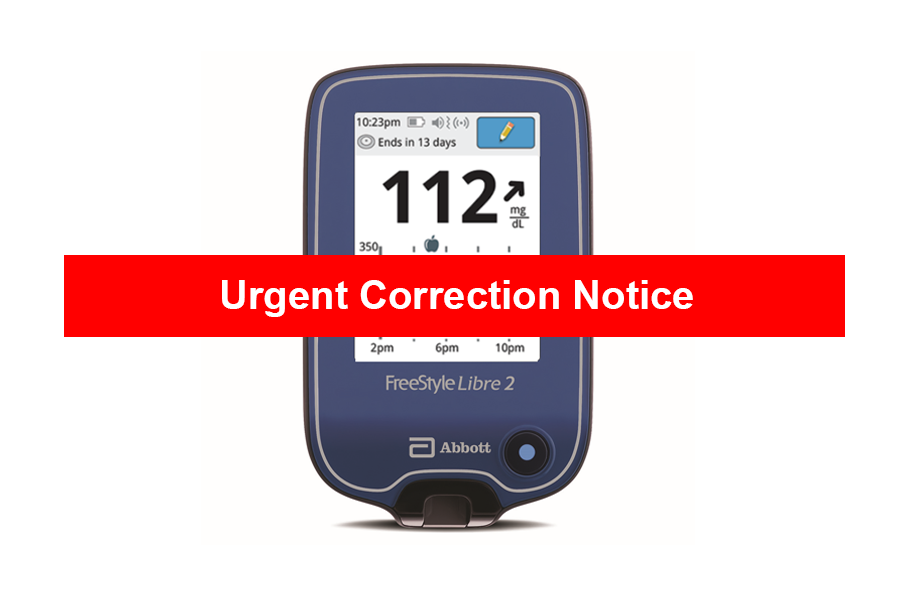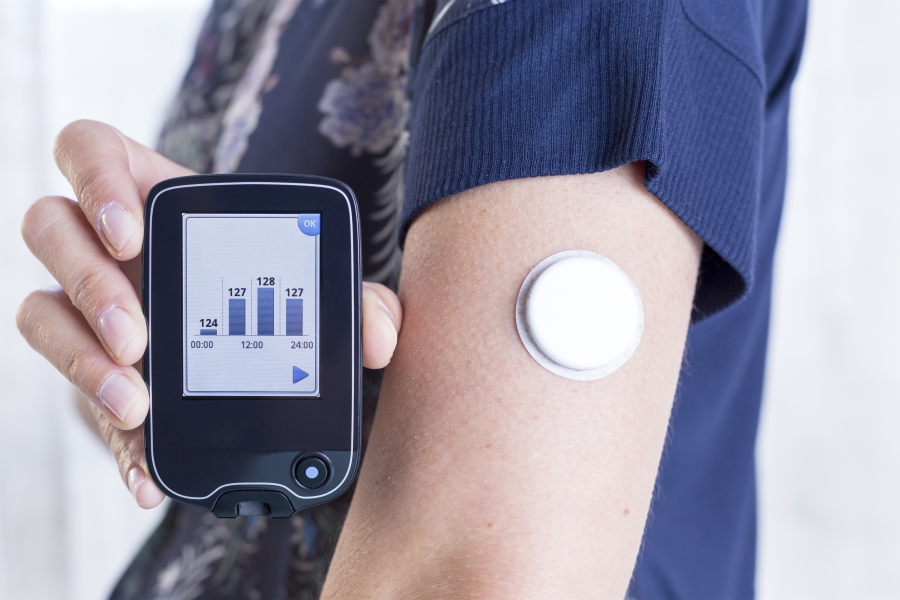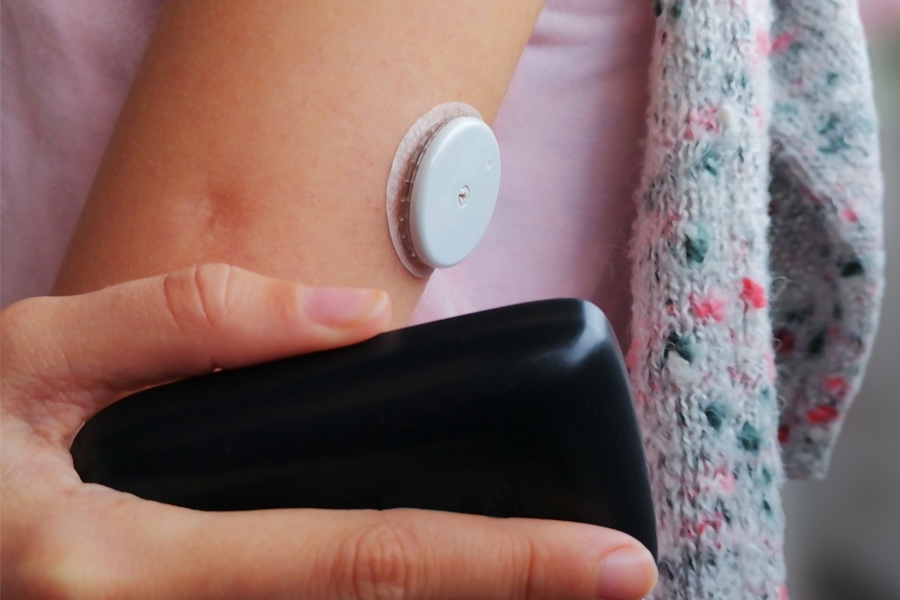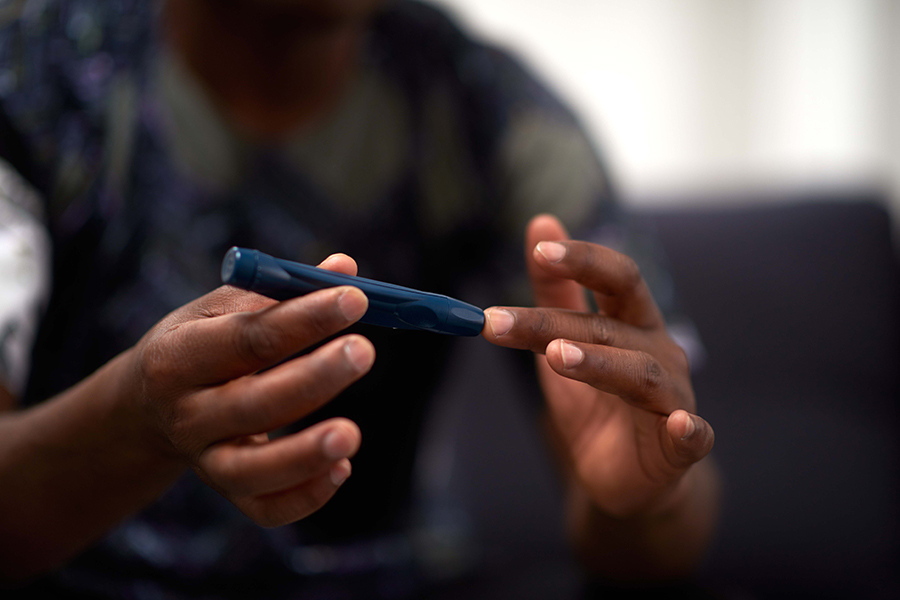November is American Diabetes Month, but this isn’t a time to celebrate; it’s a time to rally against the diabetes epidemic. Join Shield HealthCare and the American Diabetes Association in raising awareness today!
Insulin is an essential hormone. It turns food into energy and manages glucose levels.
Luckily for most of us, insulin is naturally produced in the pancreas. However, for those living with diabetes, insulin isn’t produced or there can be insulin resistance. If your body can’t make enough insulin or use it properly, your healthcare provider will prescribe manufactured insulin as a diabetes treatment.
Diabetes and Insulin
For those living with type 1 diabetes, their immune system attacks the insulin-producing cells in the pancreas. This causes a total loss of natural insulin and causes them to be completely dependent on manufactured insulin.
For those with type 2 diabetes, lifestyle choices and/or genetic conditions bring about insulin resistance. Over time, naturally-produced insulin does not produce at a high enough rate to maintain blood sugar levels. This can cause a need for manufactured insulin to be administered to supplement their natural insulin.
Gestational diabetes is diabetes that develops during pregnancy and typically goes away after delivery. The prevailing theory is that the placenta produces hormones that block the body’s ability to use insulin effectively.
Types of Insulin Care
Insulin must be injected into the fat to get into the blood. If insulin were taken as a pill, it would break down during digestion, like the protein in foods. Most people don’t realize how many types of manufactured insulin there are.
The main difference between each insulin is based on:
- How long do they last?
- How fast do they work?
- What is the peak time (time of maximum strength)?
The types of insulin are:
- Rapid-acting: This lasts two to four hours and begins to work 15 minutes after injection. Peak time is one to two hours.
- Regular: This lasts three to six hours and begins to work 30 minutes after injection. Peak time is two to three hours.
- Intermediate-acting: This lasts 12 – 18 hours and begins to work two hours after injection. Peak time is four to 12 hours.
- Long-lasting: This lasts up to 24 hours and begins to work several hours after injection. Peak time is six to 12 hours (depending on brand).
- Ultra-long-acting: This lasts 36 hours or longer and begins to work six hours after injection. This type does not ‘peak’.
- Inhaled insulin: This lasts 180 minutes and begins to work 12 minutes after inhaling. Peak time 30 minutes. This is not a substitute for long-acting insulin and must be used in conjunction with injected insulin.
Insulin pumps use rapid-acting insulin. The pump delivers tiny amounts of insulin every few minutes, meaning longer-acting insulins are not necessary.
It is important to remember that every person with diabetes is different, and therefore insulin dosage should be prescribed and monitored by your physician. They will take things into account such as age, other medical conditions, history of low and high blood sugars, medication side effects, weight, diet, and insurance.





